Integrating ADCs are at the heart of every DMM with a resolution higher than 4.5 digits. Despite being able to deliver sub-ppm resolution, they are in principle uncomplicated and relatively easy to construct and operate. Resolutions greater than 6.5 digits can be obtained with a BOM cost of less than 100 Euros.
Armed with a few tubes of precision op-amps, integrated resistor networks and the computing power and GPIO control of the Raspberry Pi Pico, I embarked on an ongoing journey to build and characterize my own 6.5 digit multislope ADC.
 NNNI
NNNI

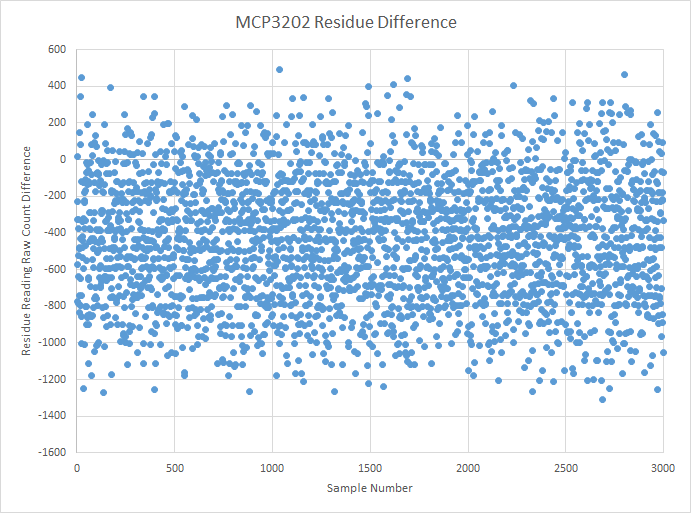





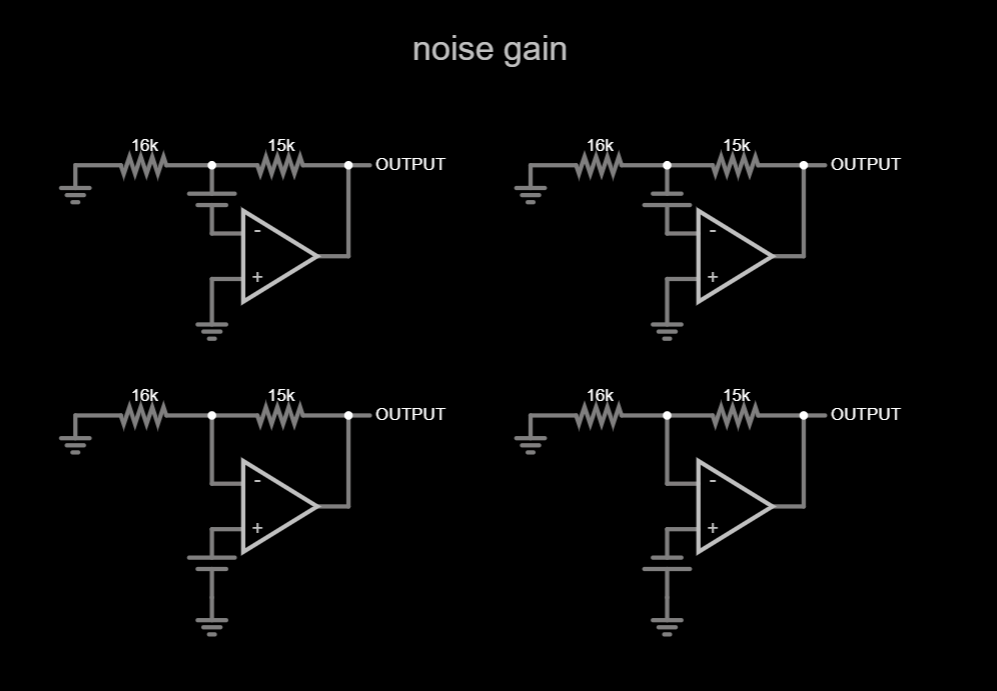















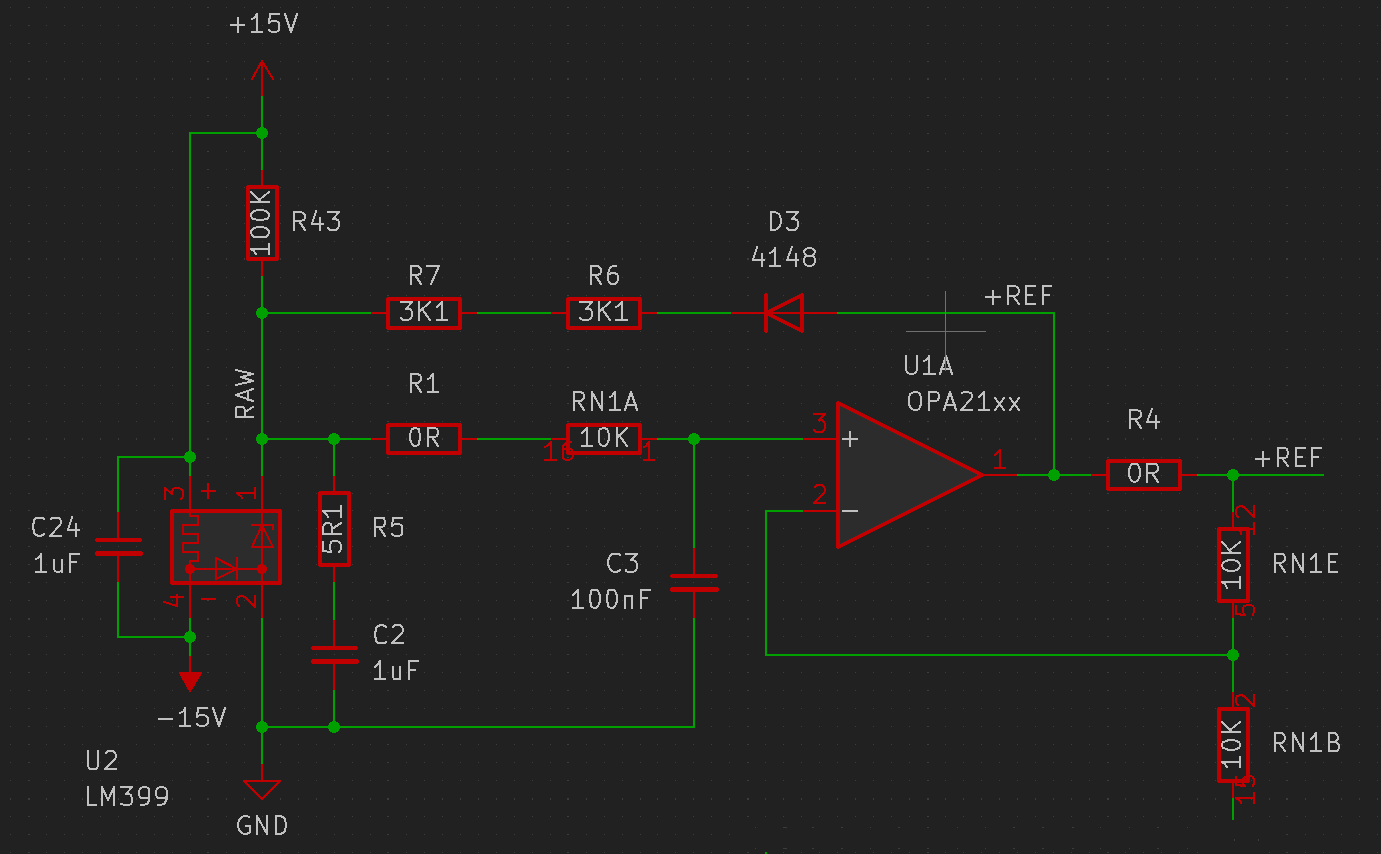
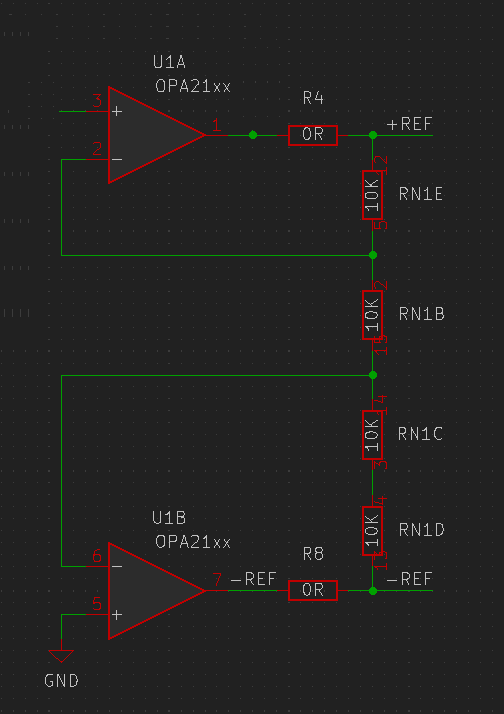
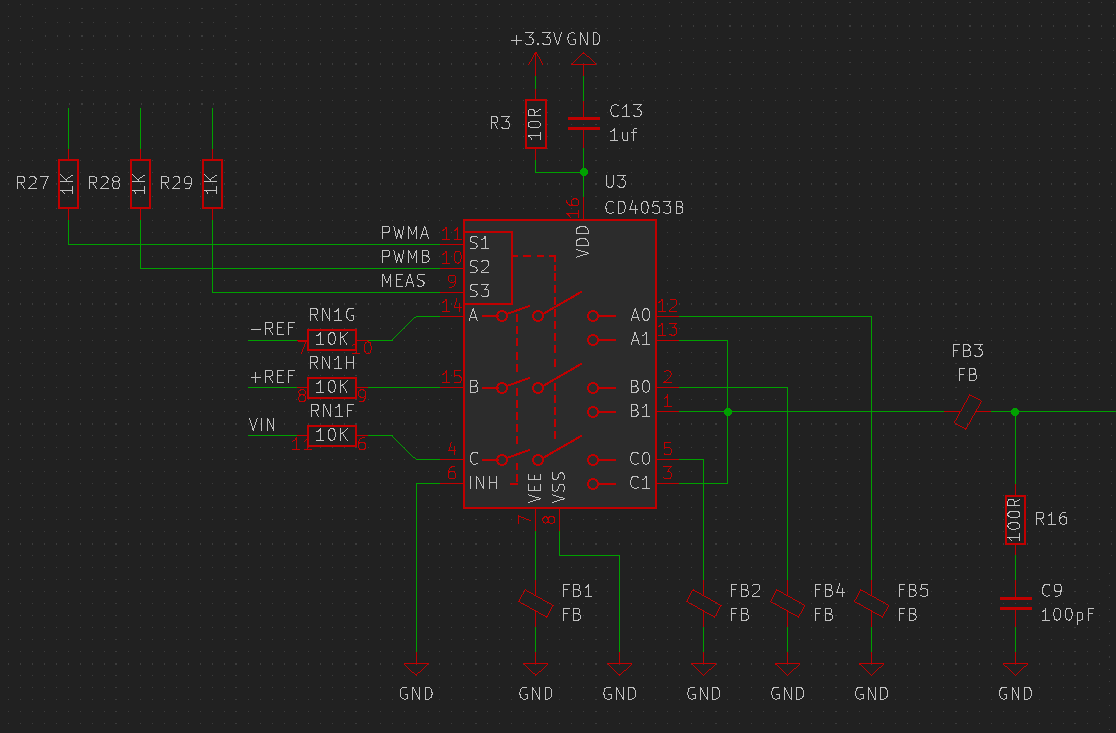
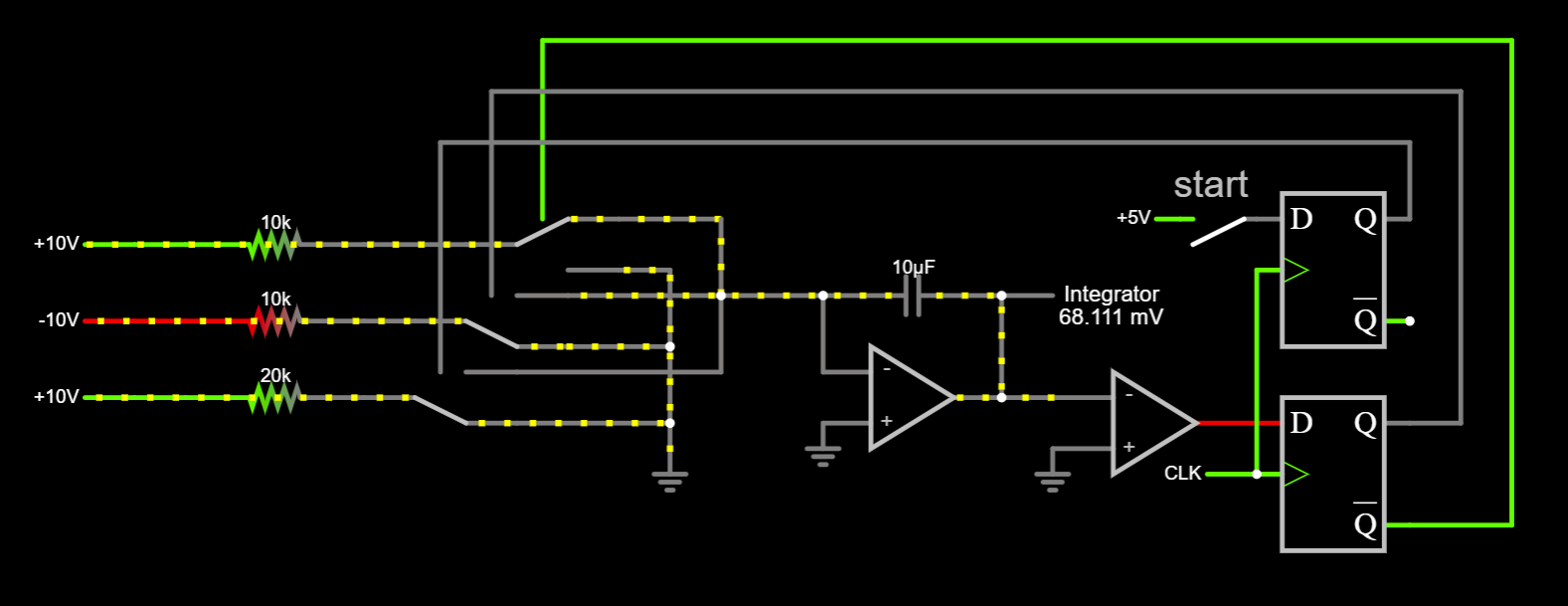
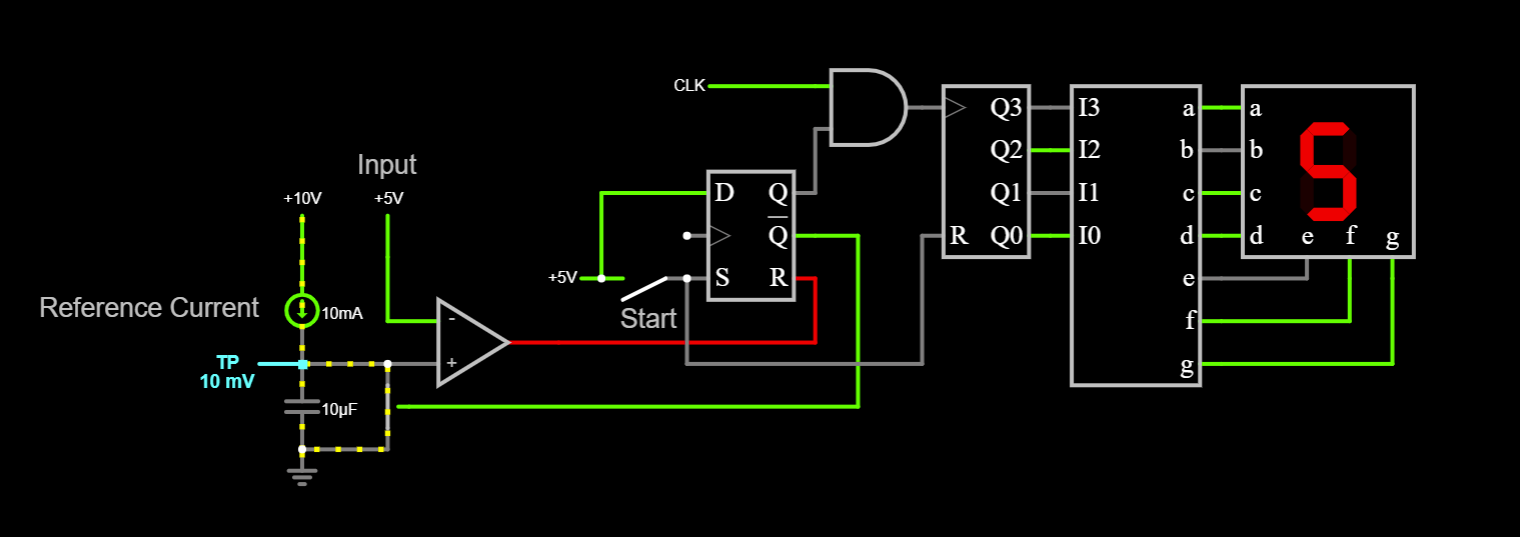
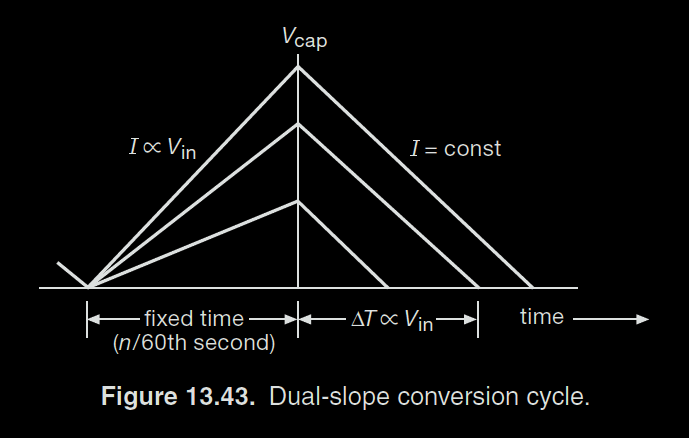
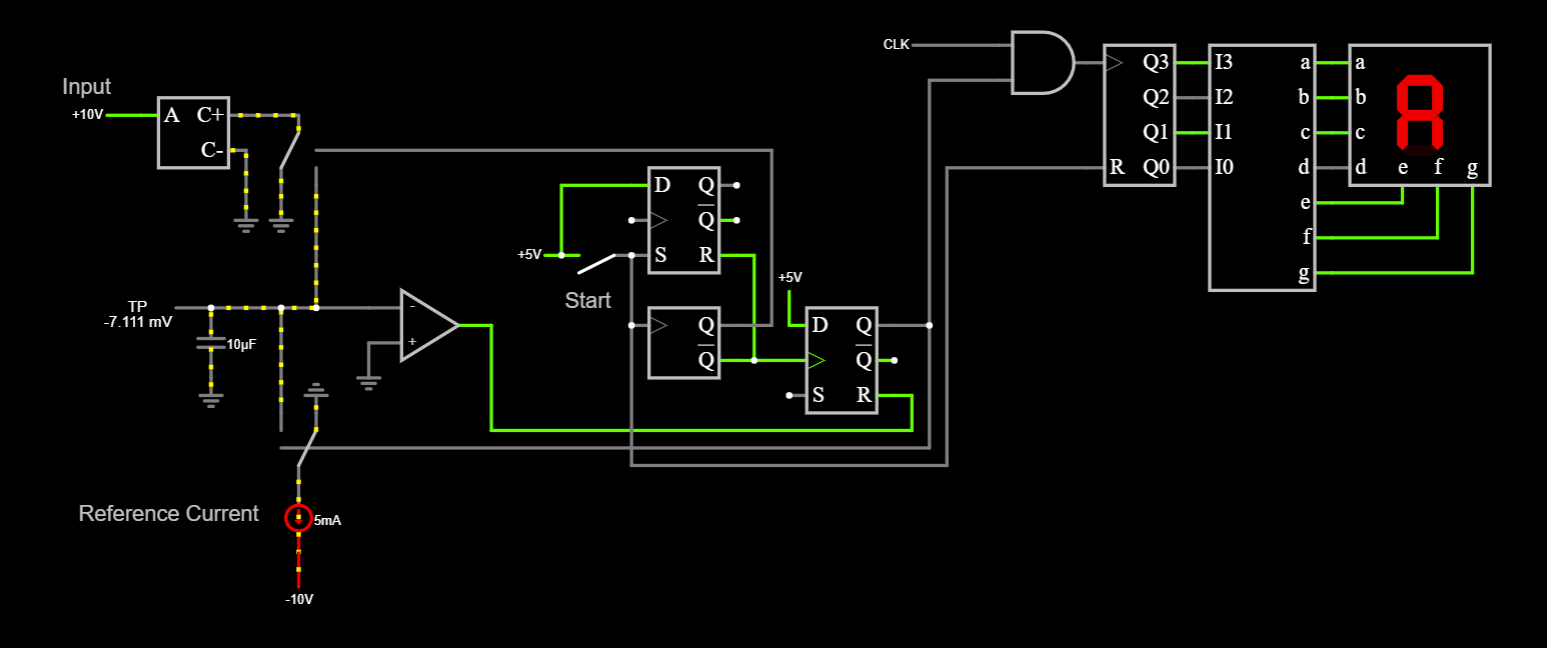

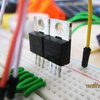
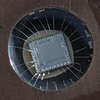


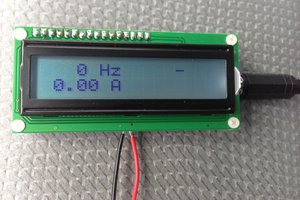
 Nick Sayer
Nick Sayer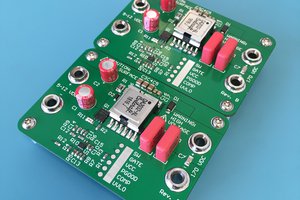
 James Wilson
James Wilson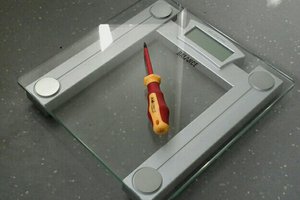
 helge
helge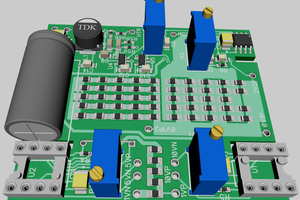
 Bud Bennett
Bud Bennett
A quite decent multislope ADC can use just about any switches by switching current instead of voltage. The trick is to have a closed loop that adjusts the operating voltage for zero charge injection. Once you have current switching, it's not a long shot to use transistor pairs for switching. There, the trick is to switch the base currents from either leg into a current sense resistor, so that the base current is compensated for.
In most general terms, as long as you can ovenize the thing, really low cost industry standard op-amps that were around for decades will provide surprisingly good performance. Not necessarily practical in a production instrument, but for a hobby one-off it's perfect :)
I agree with others that RP2040 is just about perfect for this application. It makes for a great inguard, and the outguard could be just about any Linux board. Control via a USB isolator and an optocoupler for mains frequency reference and optional external trigger - that way outguard is not even necessary, it can be just one's PC.